

One horrible by-product of war is that crimes against humanity sometimes occur away from the battlefields. A very sad example was the creation of concentration camps by Adolph Hitler’s National Socialist political party. Racist, nationalistic, imperialistic, anti-communist, and militaristic, the "Nazis" claimed that Jewish people were members of an "inferior race".
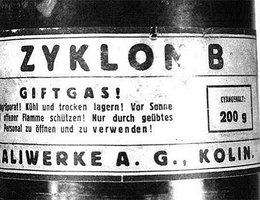
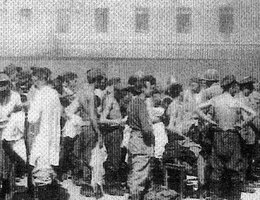
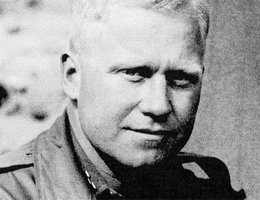
.
In order to accomplish this horrible task more "efficiently", the Germans shipped Jews (and other "undesirables", such as Gypsies or disabled people) to concentration camps. Here, killing was carried out in systematic ways, mostly with poison gas.
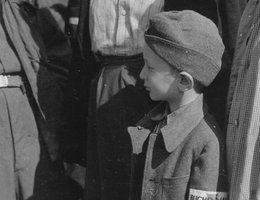
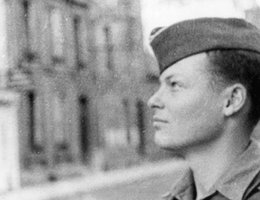
The conditions in the camps were terrible. The prisoners had been starved, were often physically harmed, and suffered from disease due to neglect — no heat, no water for bathing, no health care, etc. It was a difficult sight for U.S. soldiers who helped liberate the camps.
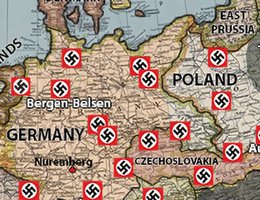
There were hundreds of concentration camps created by the Germans to house "undesirables". This map shows the location of the major camps, including the Gunskirken Lager concentration camp in Austria that Roy Long helped to liberate and the Bergen-Belsen concentration camp in Germany near where Roger Peters found a helping hand.